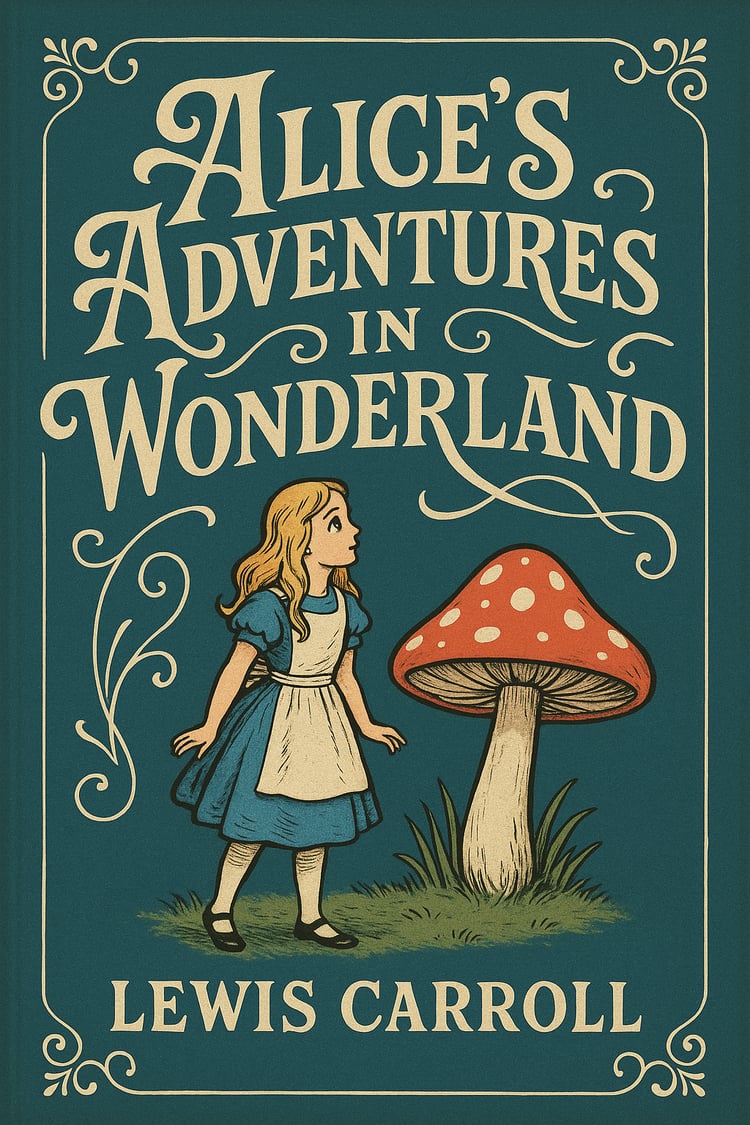
The Scarlet Letter
In Nathaniel Hawthorne’s haunting masterpiece, The Scarlet Letter, 17th-century Puritan New England becomes the stage for a searing exploration of guilt, hypocrisy, and resilience. Condemned to wear a scarlet “A” for adultery, Hester Prynne transforms her public shame into quiet defiance, challenging a society obsessed with punishment and purity. Around her, the tormented Reverend Dimmesdale hides his secret sin, while her vengeful husband, Roger Chillingworth, spirals into obsession.
With luminous prose and piercing psychological insight, Hawthorne crafts a story that transcends its historical setting—a meditation on the weight of secrets, the price of judgment, and the fragile hope of forgiveness. The Scarlet Letter is more than a classic; it is a mirror held to the human soul, asking: Can grace emerge from suffering? Can shame become strength?
Discover—or revisit—this indelible novel, where love, guilt, and redemption collide in a drama as timeless as the human heart.
About the author
Nathaniel Hawthorne (1804–1864) was an American novelist and short story writer whose works are celebrated for their exploration of morality, sin, and the complexities of the human psyche. Born in Salem, Massachusetts, Hawthorne drew inspiration from his Puritan ancestry and the historical legacy of New England. His works, including The House of the Seven Gables, Young Goodman Brown, and The Blithedale Romance, are renowned for their rich symbolism, psychological depth, and critique of societal norms. A master of allegory and moral inquiry, Hawthorne’s legacy endures as a cornerstone of American literature, offering timeless reflections on the human condition and the enduring struggle between light and darkness.











